Because there are so many new recipes and ways to cook on social media, food trends change constantly. The desire to make the dish look its best can sometimes take precedence over safety concerns. Coolants, such as liquid nitrogen, can make food look stunningly beautiful. Even though liquid nitrogen seems safe, it can be very bad for your health if you don't handle it right.
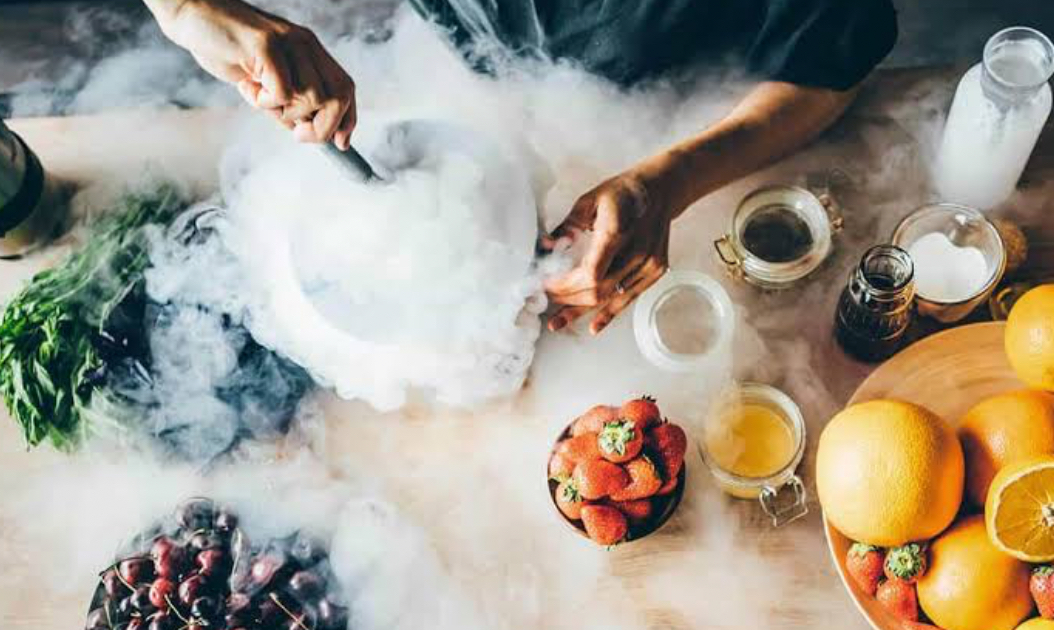
What is liquid nitrogen?
Liquid nitrogen is well-known in the scientific world. It is used in restaurants to quickly freeze food and drinks. Medical and industrial settings. When exposed to air, ice cream and other quickly freezing foods create a smooth texture and release a beautiful cloud of vapour.
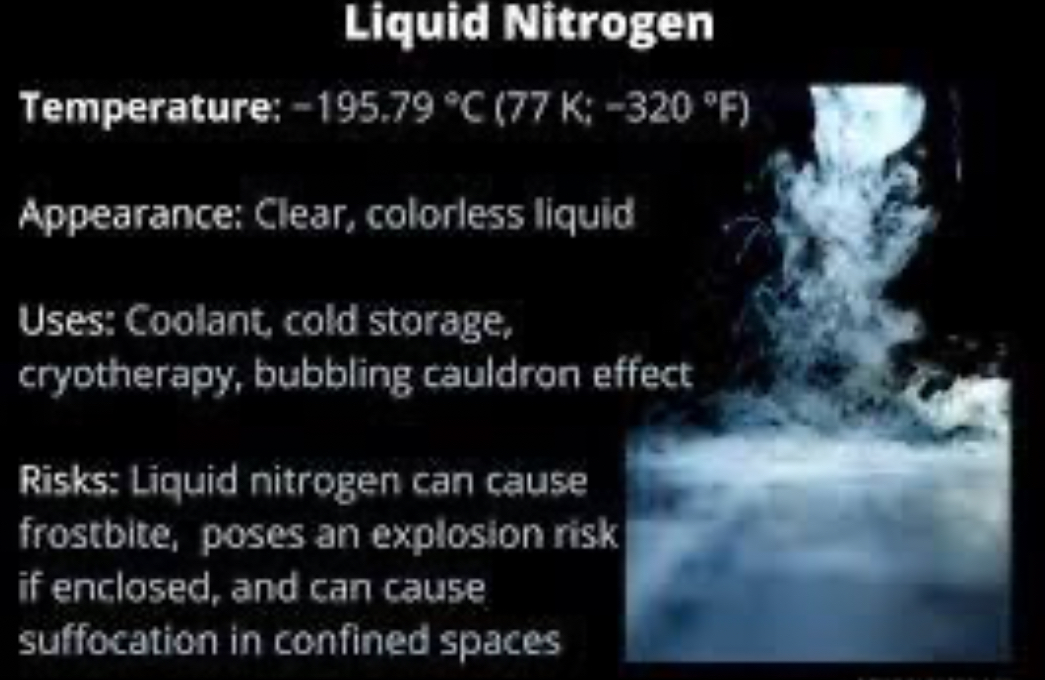
Liquid nitrogen is essentially a safe nitrogen gas that undergoes a transformation into a liquid at a temperature of -196 °C. Professor Peter Barham from the University of Bristol explains. It is very cold, though, and handling it without the right skills and gear can be very dangerous.
The Icy Grip of Danger
Despite its non-toxic nature, liquid nitrogen carries significant health risks. Here's why:
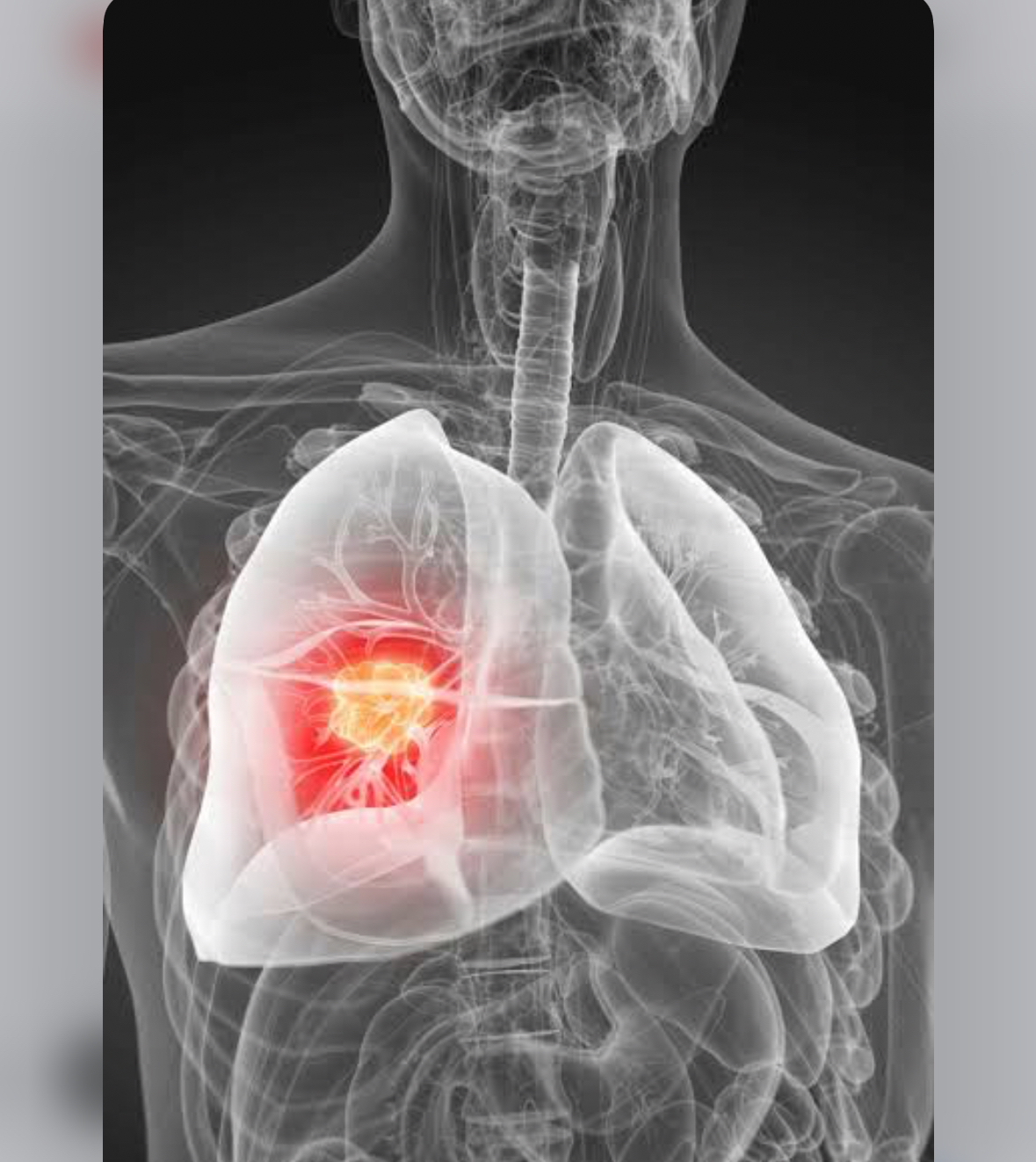
• Extreme Expansion: Rapid vaporisation in a warm body environment can damage the inside of the body, causing digestion problems like holes or ruptures.
• Burns and frostbite: Coming into direct contact with the cold can lead to severe frostbite, tissue damage, and permanent injury.
• Loss of air: The gas that comes out of liquid nitrogen can push oxygen out of the body, which can lead to headaches, dizziness, and even death.
A Case in Point: The Bengaluru Incident
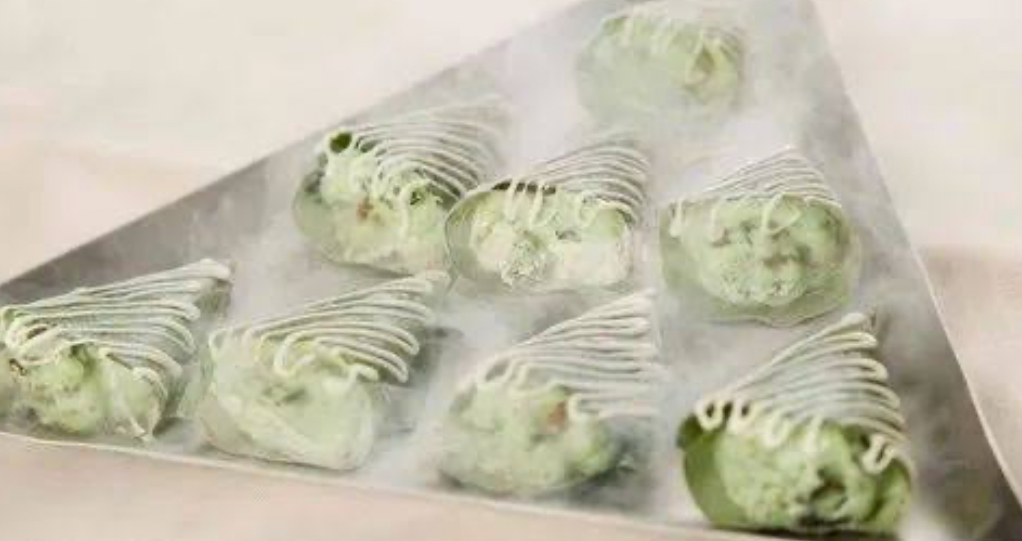
A 12-year-old girl in Bengaluru recently ate a trendy "smoky paan" that had liquid nitrogen added to it at a wedding gathering. This became a huge scandal in India. Following serious stomach pain, she rushed to the hospital right away. She had a hole in her stomach lining, a condition the doctors diagnosed as perforation peritonitis. Emergency surgery quickly removed her stomach.
This was not the only event that occurred. A boy from Chennai fell ill after consuming a "smoky biscuit" containing liquid nitrogen. As these events show, this seemingly safe food trend comes with real risks.
The Ban in India: Taking a Stand for Safety
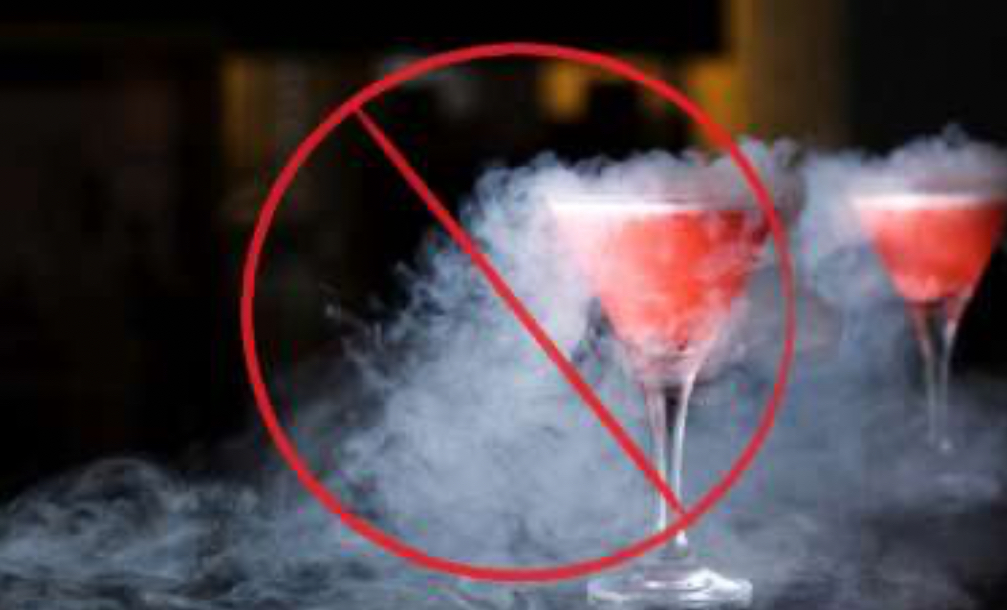
Right after what happened in Bengaluru, the Karnataka government quickly banned restaurants from using liquid nitrogen to cook or serve food. Using liquid nitrogen on foods like cookies, ice cream, and wafer biscuits is now illegal and can get you in trouble. The order clearly states that you must completely evaporate all liquid nitrogen before serving food or drinks to customers. People who break the law can go to jail and pay big fines.
The Karnataka government's decision to move quickly sets a strong example for putting public safety ahead of passing food trends.
Expert Opinions: A Call for Caution
Medical professionals have consistently voiced their concerns about the use of liquid nitrogen in food preparation. Dr. Vijay HS, the operating surgeon who treated the girl in Bengaluru, emphasises the importance of taking these incidents seriously and prioritising safety over novelty. He advocates for increased awareness and vigilance to avoid similar situations in the future.
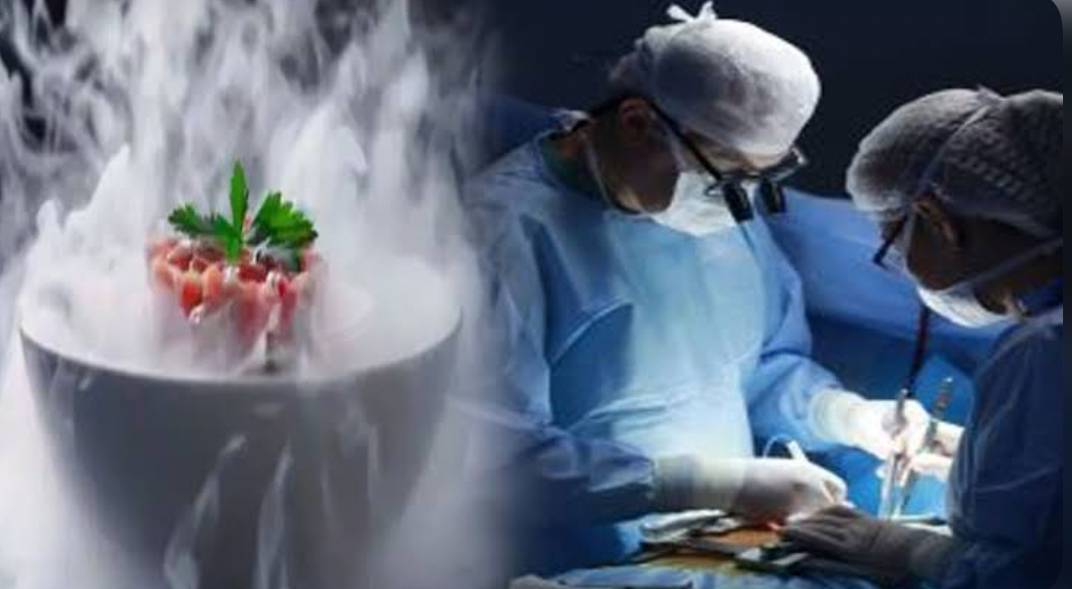
Dr. Sangeeta Tiwari clarifies how ingesting liquid nitrogen can cause internal damage. She warns of the potential for perforation and rupture in the digestive tract due to rapid gas expansion.
Professor Barham reiterates the crucial point: liquid nitrogen is safe only when handled with proper training and equipment. In the hands of untrained individuals, it becomes a recipe for disaster.
The Road Ahead: Balancing Innovation with Safety
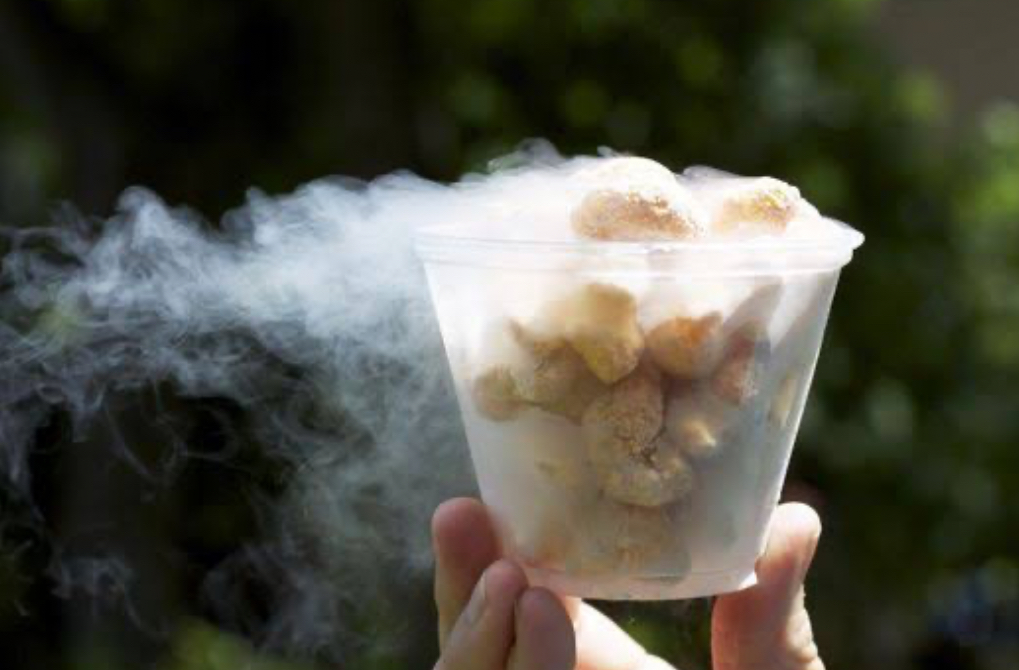
The use of liquid nitrogen in food preparation presents a complex issue. Despite its innovative culinary applications, we cannot ignore its inherent dangers. The recent ban in India serves as a reminder that prioritising safety is paramount.
The future of liquid nitrogen in food likely lies in responsible usage. Restaurants and chefs can explore its potential by ensuring complete evaporation before serving and implementing stringent safety protocols for handling. Additionally, increased public awareness about the risks associated with liquid nitrogen consumption is crucial.
This "cool trend" comes with "hot risks." By prioritizing safety and responsible use, we can ensure that culinary innovation doesn't come at the cost of human health.
Image Source: Multiple Agencies
Inputs from Agencies
© Copyright 2024. All Rights Reserved Powered by Vygr Media.





















